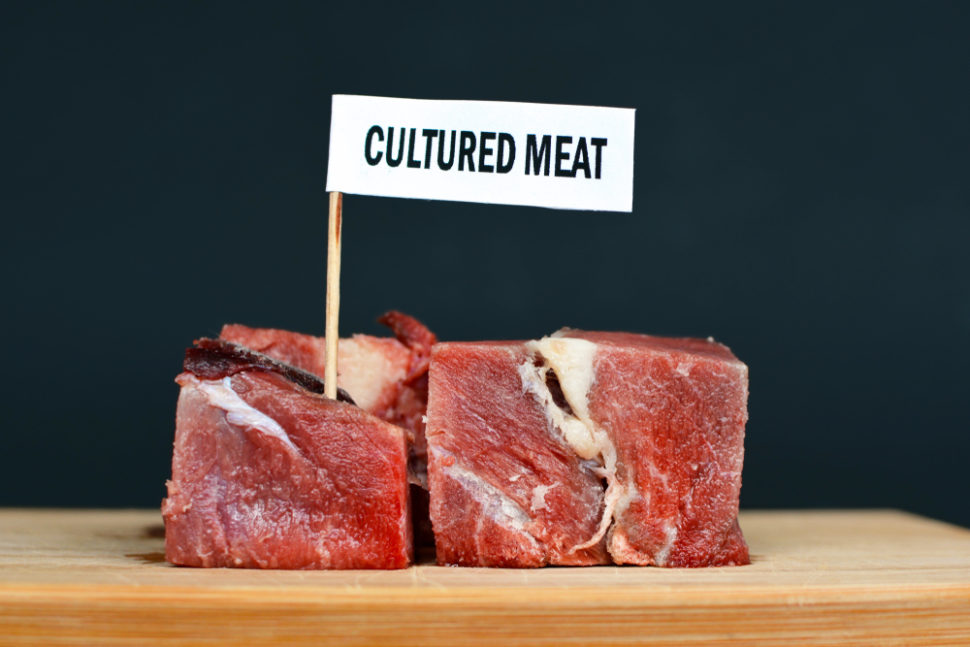Researchers have recently discovered that adding a specific protein to cultured meat could enhance its growth, texture, and color. As a result, the grown meat would be more appealing to human consumption.
According to the U.S. Food and Agriculture Organization, demand for meat could increase by 66 percent in the next 40 years. Meanwhile, the current production methods are not sustainable.
Livestock increases the release of methane, a greenhouse gas that’s 20 times more potent than carbon dioxide. That means animal farming contributes significantly to global warming.
Lab-grown meats, on the other hand, could be the most viable option of increasing meat production in the future.
Scientists create cultured meat by painlessly harvesting muscle cells from living animals – cows or bovines. Then, they feed and nurture the cells until it grows into muscle tissue, which is the primary component of the meat we eat.
While cultured meats are as close to naturally-derived meats as we could get right now, much remains to be done about its flavor, texture, and color.
In a statement to the press, Stern Family Professor of Engineering at the Tufts University School of Engineering, David Kaplan said:
“Taste, color, and texture will be critical to consumer acceptance of cultured meat. If our goal is to make something similar to a steak, we need to find the right conditions for cells to grow that replicate the formation of natural muscle.”
Well, Kaplan and his team figured out how to do just that.
Adding Iron-Carrying Protein, Myoglobin to Cultured Meat
The Tuft University team discovered that adding the iron-carrying protein, myoglobin to cultured meat could produce the desired result. Along with improving the growth, the protein can enhance the color and texture of bovine muscle grown from cells in culture.
According to the researchers, adding myoglobin or hemoglobin changed the lab-grown meat’s color, making it look more like conventional beef.
Kaplan and his colleagues also noted that myoglobin boosts the proliferation and metabolic activity of bovine muscle satellite cells. Expectedly, this increases the rate at which scientists can grow cultured meat.
What’s responsible for the proliferation, you ask?
The first author of the study, Robin Simsa, explained:
“It’s possible that myoglobin is bringing oxygen to the cell’s mitochondria, boosting their energy and helping them to increase. More than just an ingredient for color, iron content, and potentially flavor, myoglobin could also be an important element in the scaled-up production of cell-based meat to increase cell yield.”
Although myoglobin and hemoglobin are heme proteins, both carrying iron atoms, the former is a natural component of muscle while the later is found in the blood.
The researchers published their findings in the journal FOODS.



















Comments (0)
Most Recent